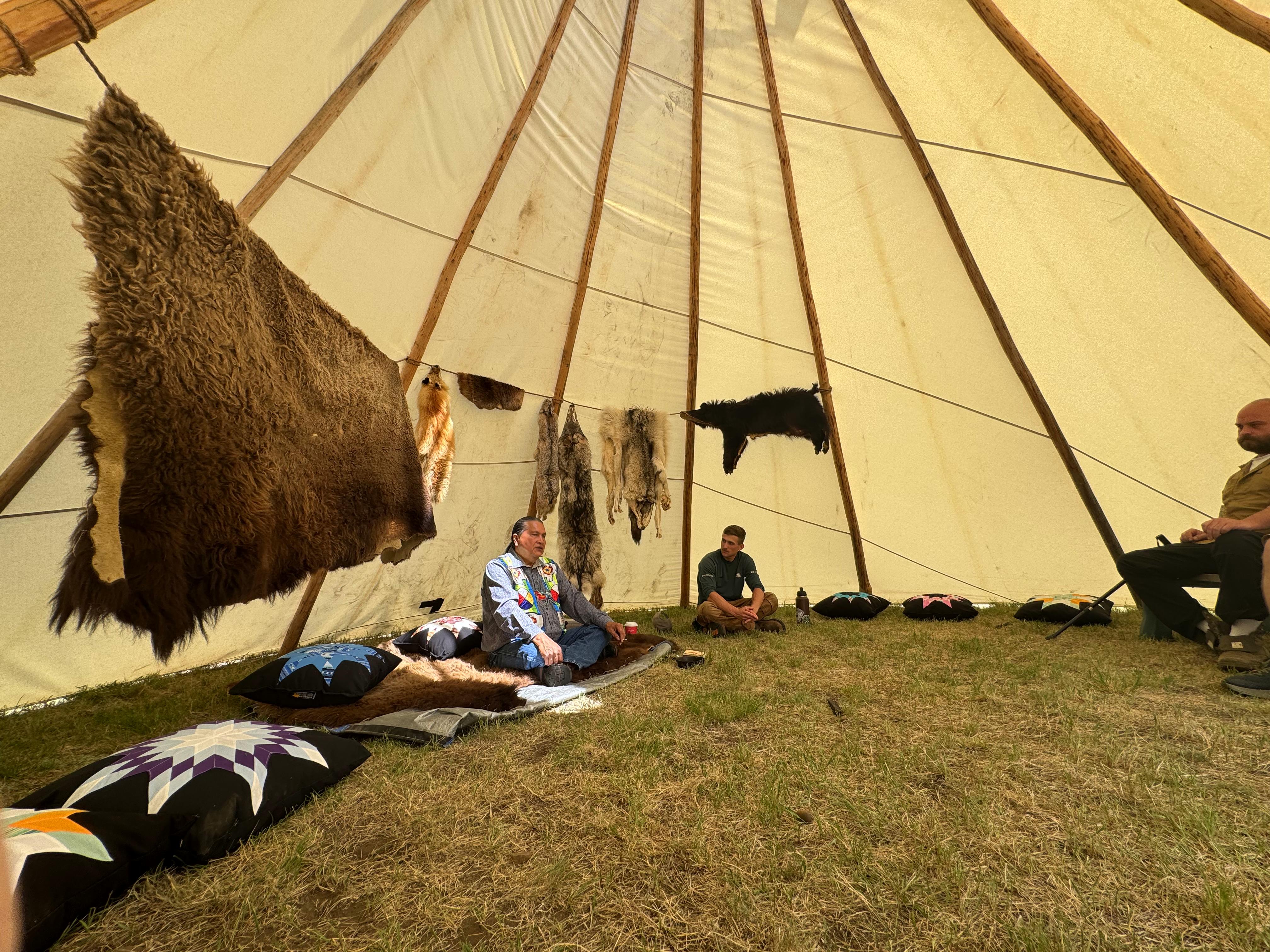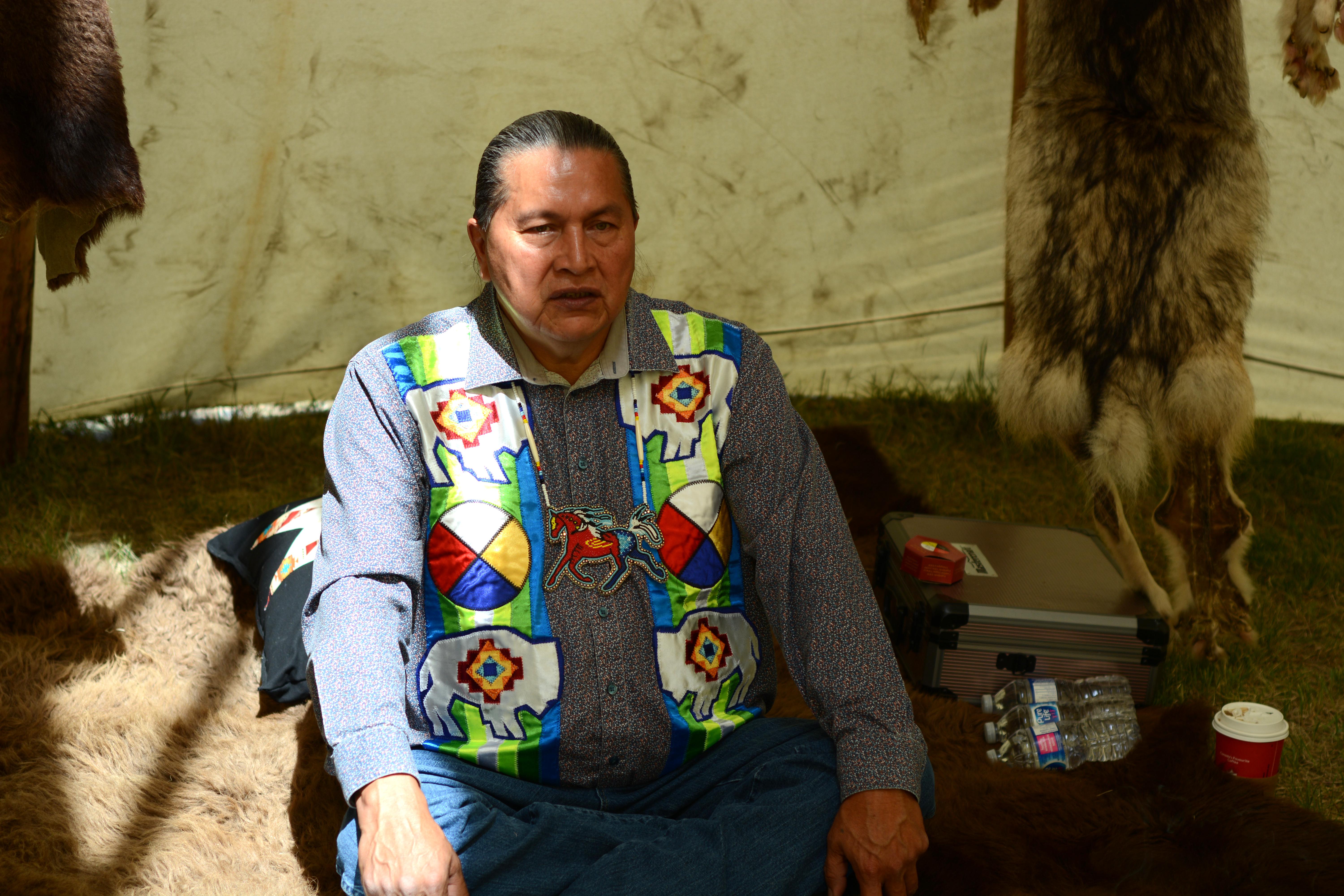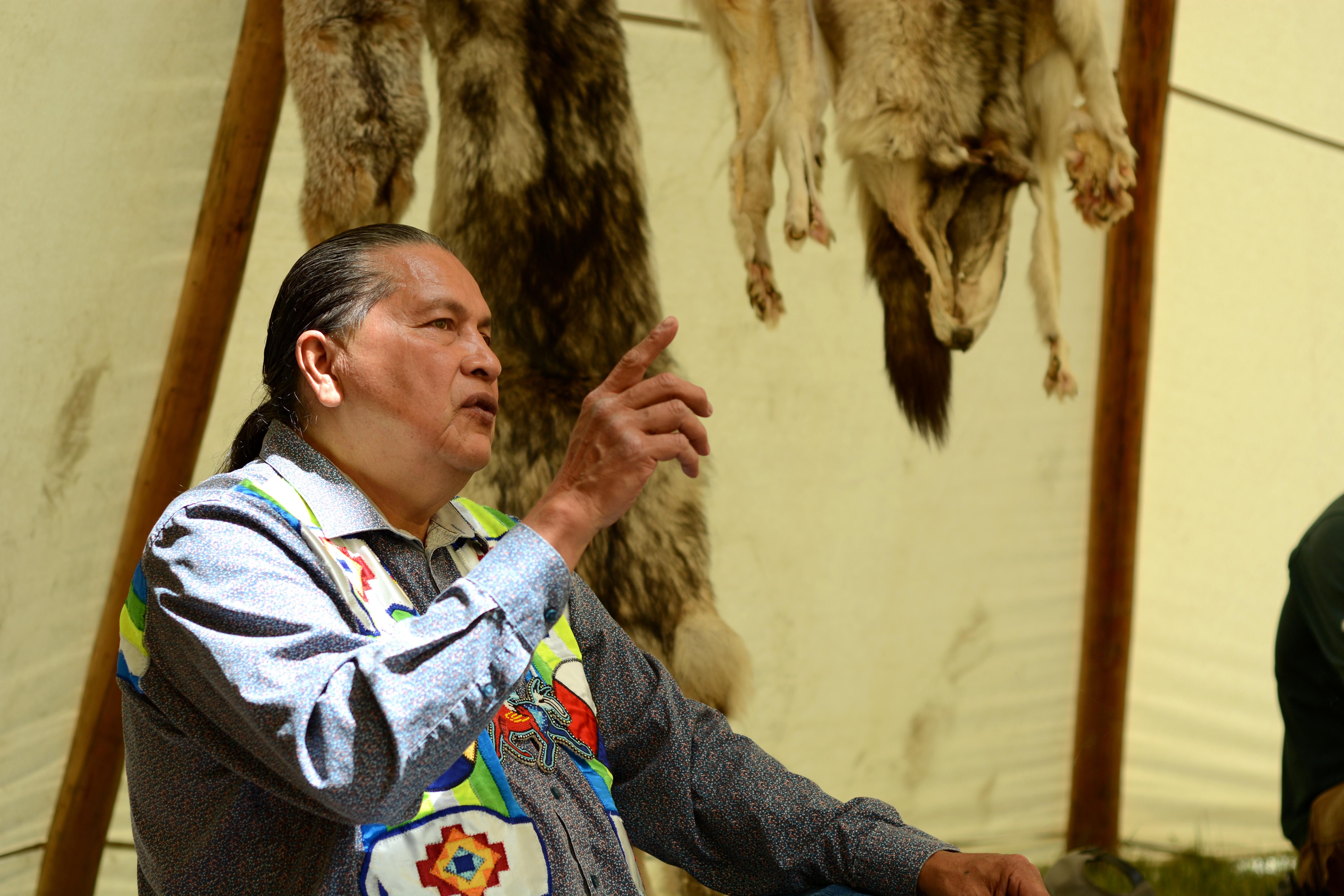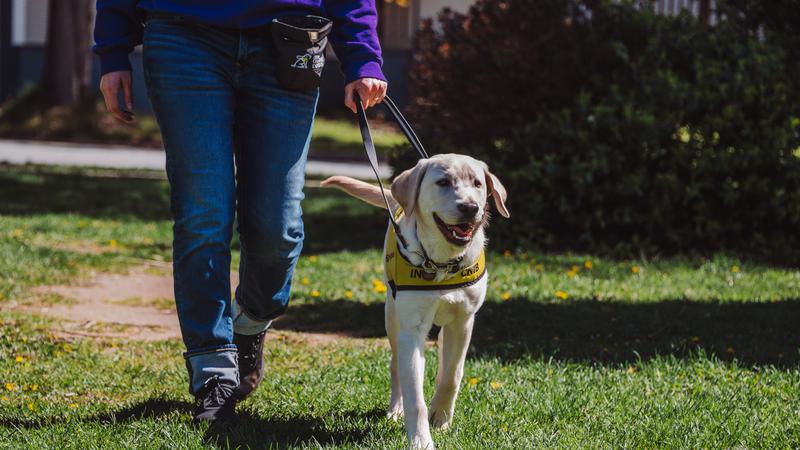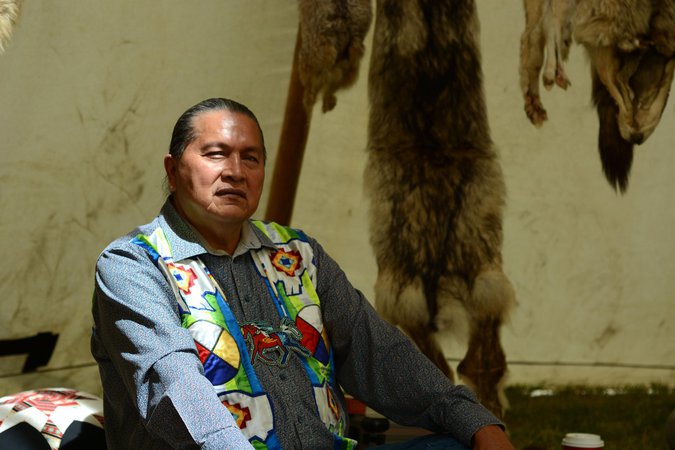
‘We’re all connected in a web of life’: Tipi teachings offer life lessons at Fort Battleford
On the prairies, a tipi isn’t just shelter — it’s a guide for how to live.
Inside a traditional tipi on the grounds of Fort Battleford National Historic Site on Friday, Alvin Baptiste of Red Pheasant Cree Nation sat surrounded by animal hides, cultural symbols and 13 tall poles reaching up to the sky. Each pole, he explained, holds a lesson.
“Tipi teachings are life values, teaching our children how to live life on Earth, how to be a good human being,” he said.
The structure of the tipi reflects those values. The first three poles — the tripod — represent the Creator, man and woman. Others represent child rearing, strength, respect, cleansing, love and more.

